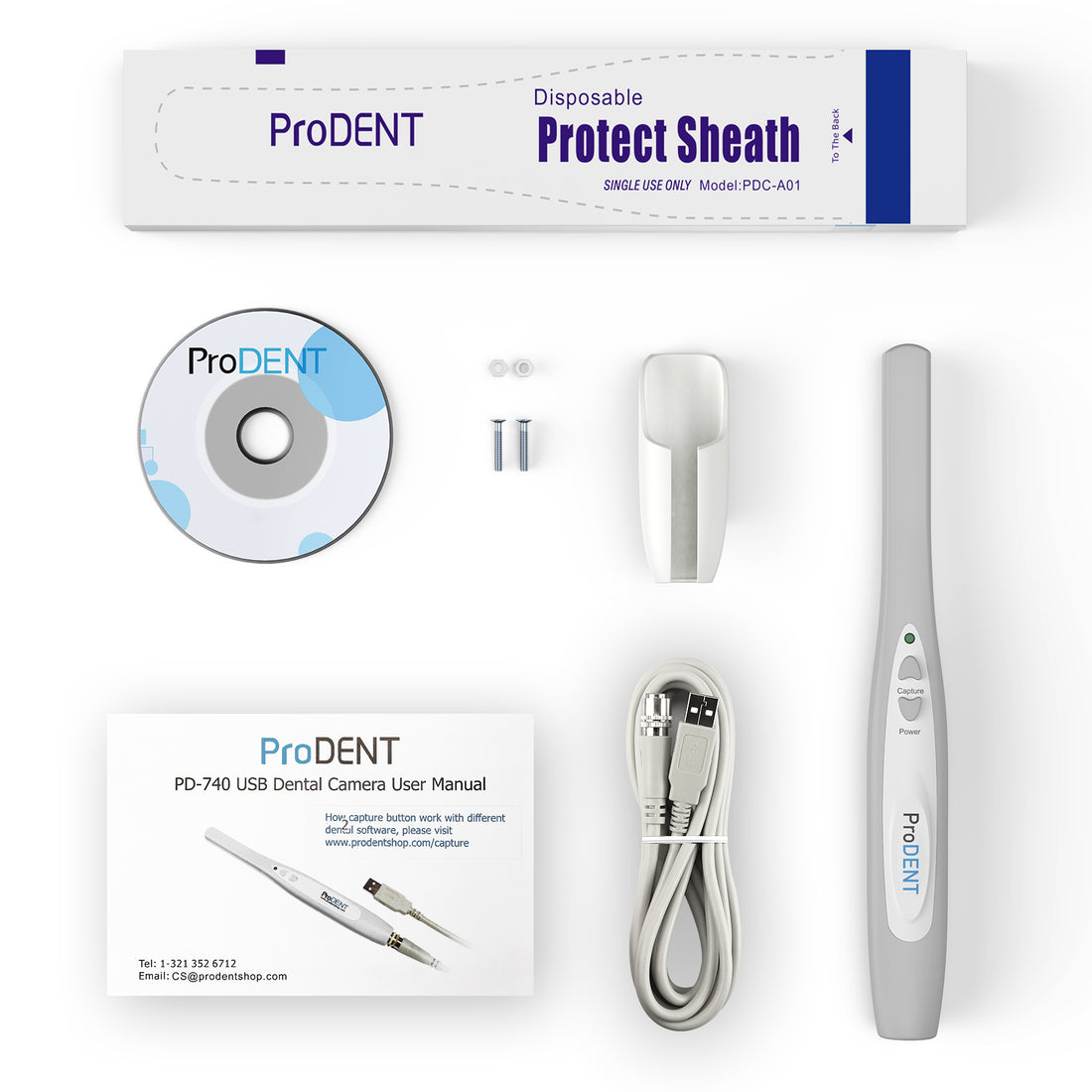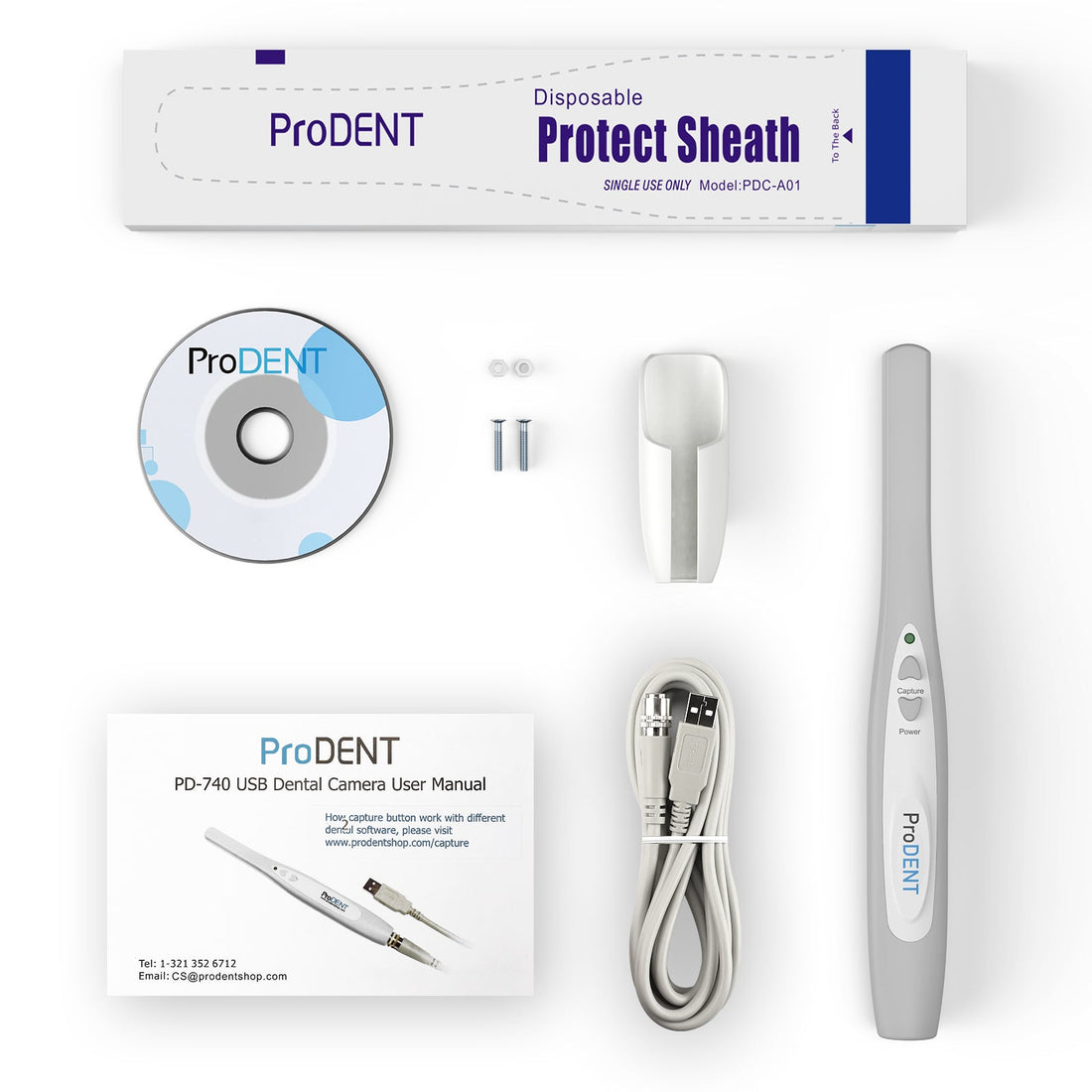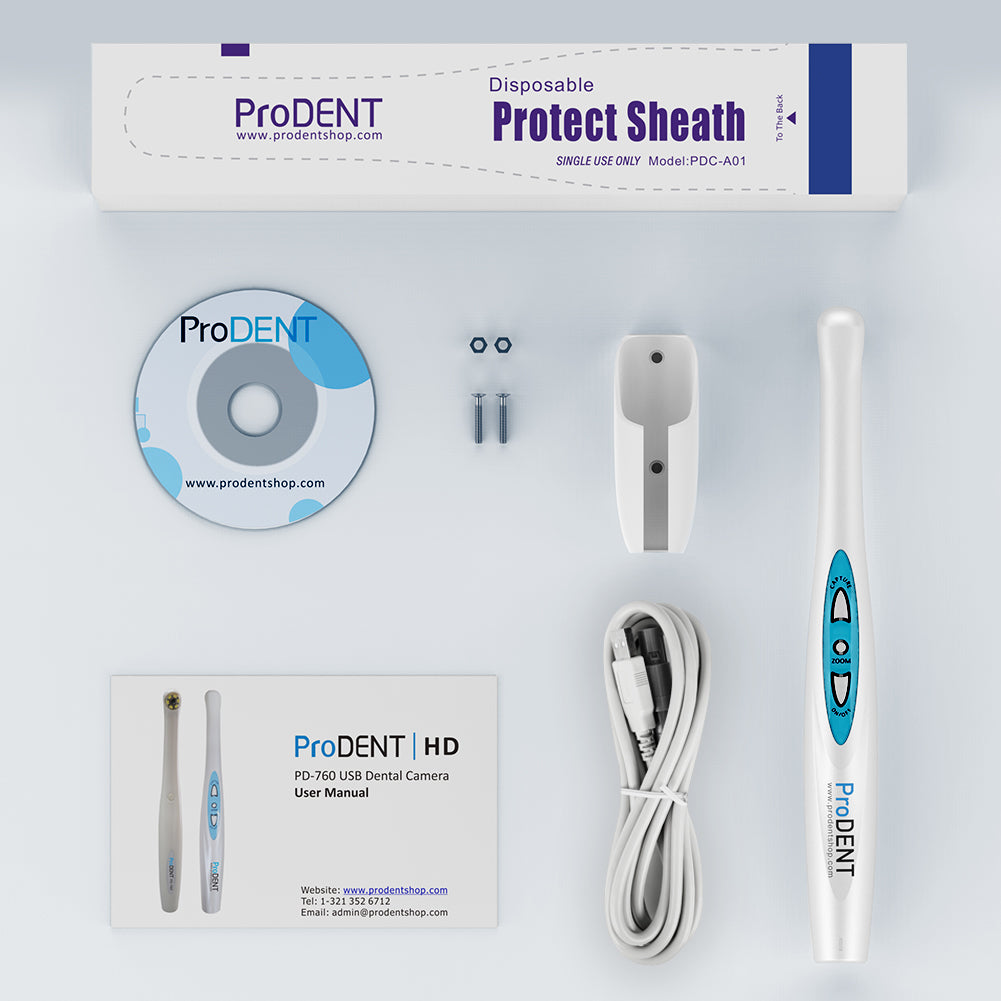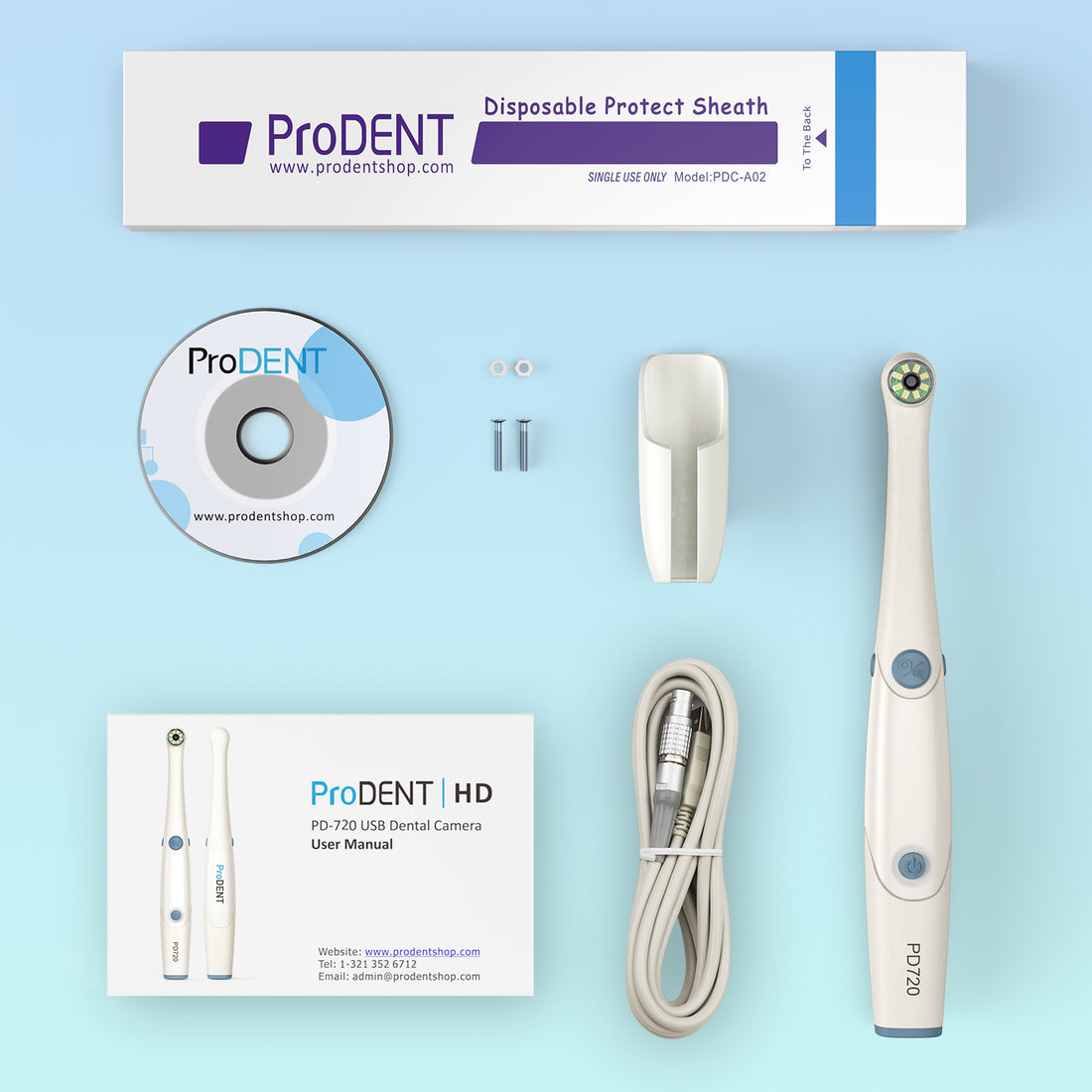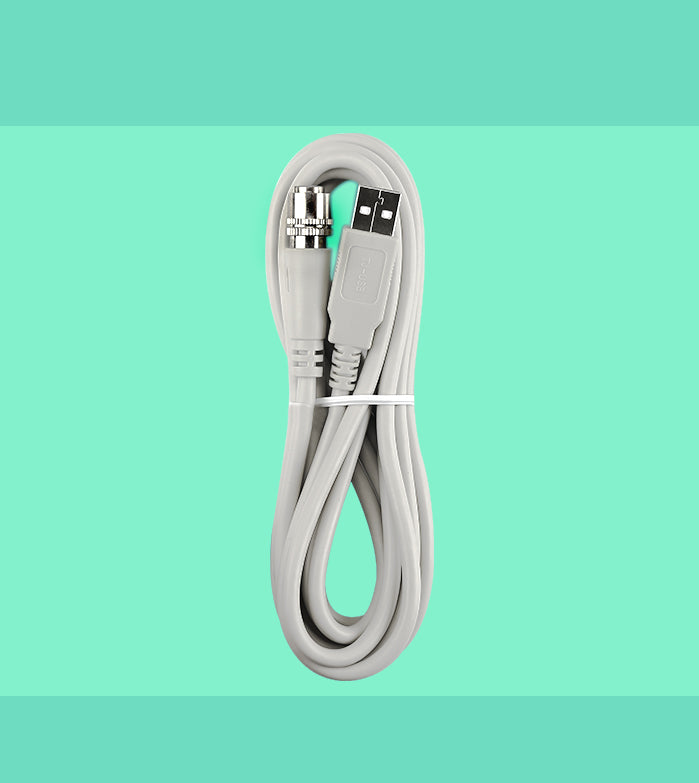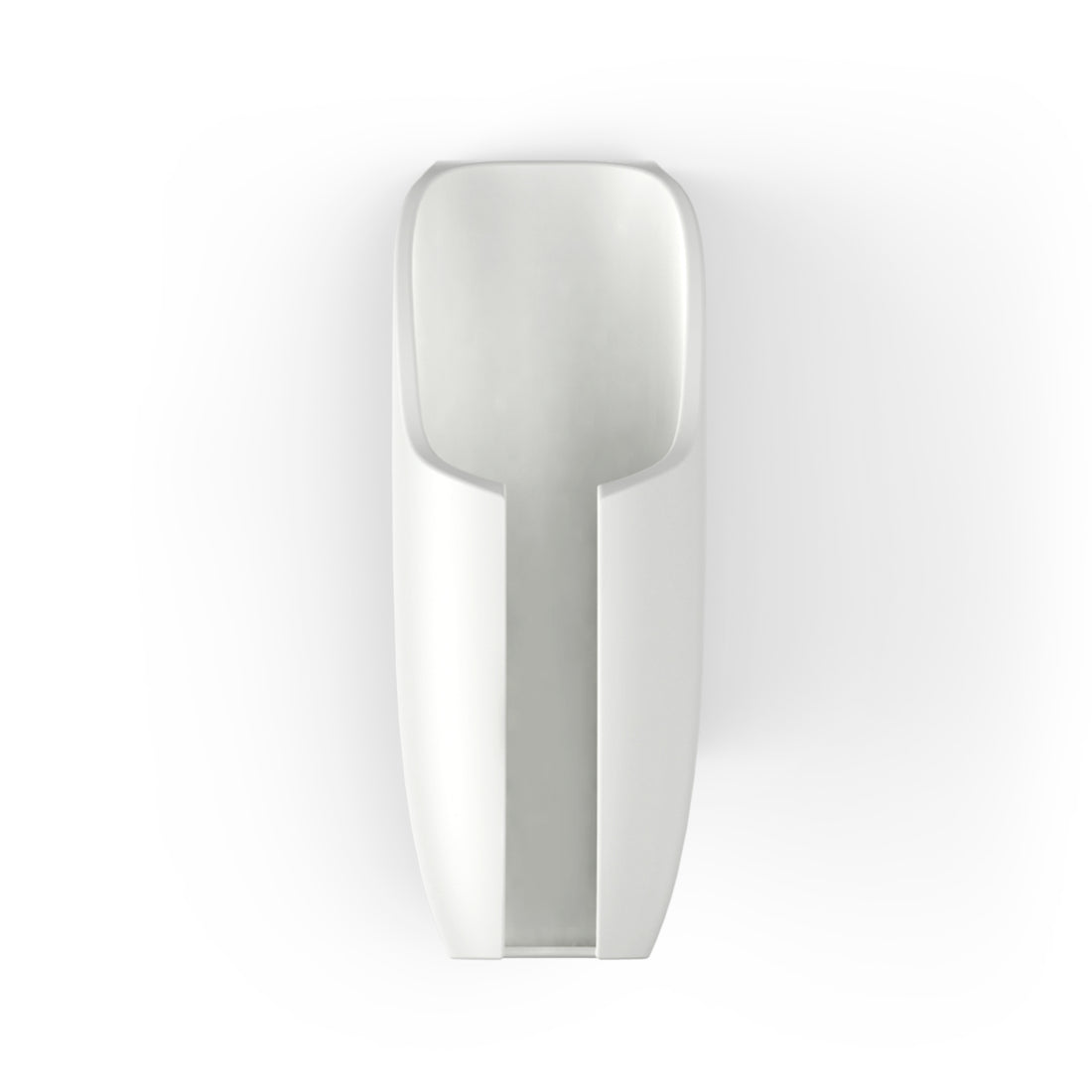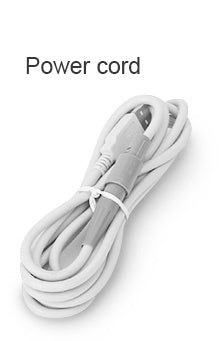Intraoral camera
Filters
Featured
Best selling
Alphabetically, A-Z
Alphabetically, Z-A
Price, low to high
Price, high to low
Date, old to new
Date, new to old
ProDENT Dental Intraoral Camera PD740 – Amazon Editor's Choice
Regular price
$ 219.00
Sale price
$ 219.00
Regular price
$ 249.00
Unit price
/
The ProDENT PD740 Intraoral Camera offers high-quality imaging with easy-to-use features, making it a top...
ProDENT Dental Intraoral Camera PD750
Regular price
$ 279.00
Sale price
$ 279.00
Regular price
$ 299.00
Unit price
/
The ProDENT PD750 Intraoral Camera is an upgraded version of the PD740, featuring enhanced image...
ProDENT HD Intraoral Camera PD760
Regular price
$ 349.00
Sale price
$ 349.00
Regular price
$ 399.00
Unit price
/
The ProDENT HD Intraoral Camera PD760 delivers high-quality images, offering crystal-clear visuals for dental diagnostics....
ProDENT HD Intraoral Camera PD720
Regular price
$ 469.00
Sale price
$ 469.00
Regular price
$ 499.00
Unit price
/
The ProDENT HD Intraoral Camera PD720 delivers crystal-clear HD images, making it ideal for patient...
USB Cord Cable for Intraoral Cameras – PD740 (pdcable-m)
Regular price
$ 59.00
Sale price
$ 59.00
Regular price
Unit price
/
Connect your ProDENT intraoral camera with ease using this reliable USB cord. Compatible with ProDENT...
Plastic Mount Hand Piece Holder for Intraoral Camera
Regular price
$ 25.00
Sale price
$ 25.00
Regular price
Unit price
/
Keep your intraoral camera secure and accessible with this Plastic Hand Piece Holder. Durable plastic...
Plastic USB Cord Cable for Intraoral Cameras PD720 & PD760 (Pre-2020)
Regular price
$ 70.00
Sale price
$ 70.00
Regular price
Unit price
/
This Plastic USB Cord Cable is specifically designed for ProDENT PD720 and PD760 intraoral cameras...
Sort by
- Featured
- Best selling
- Alphabetically, A-Z
- Alphabetically, Z-A
- Price, low to high
- Price, high to low
- Date, old to new
- Date, new to old

